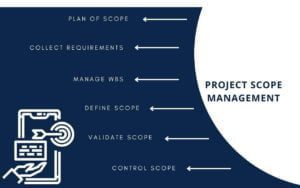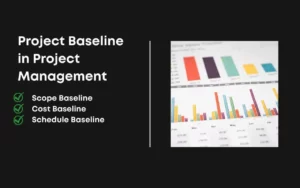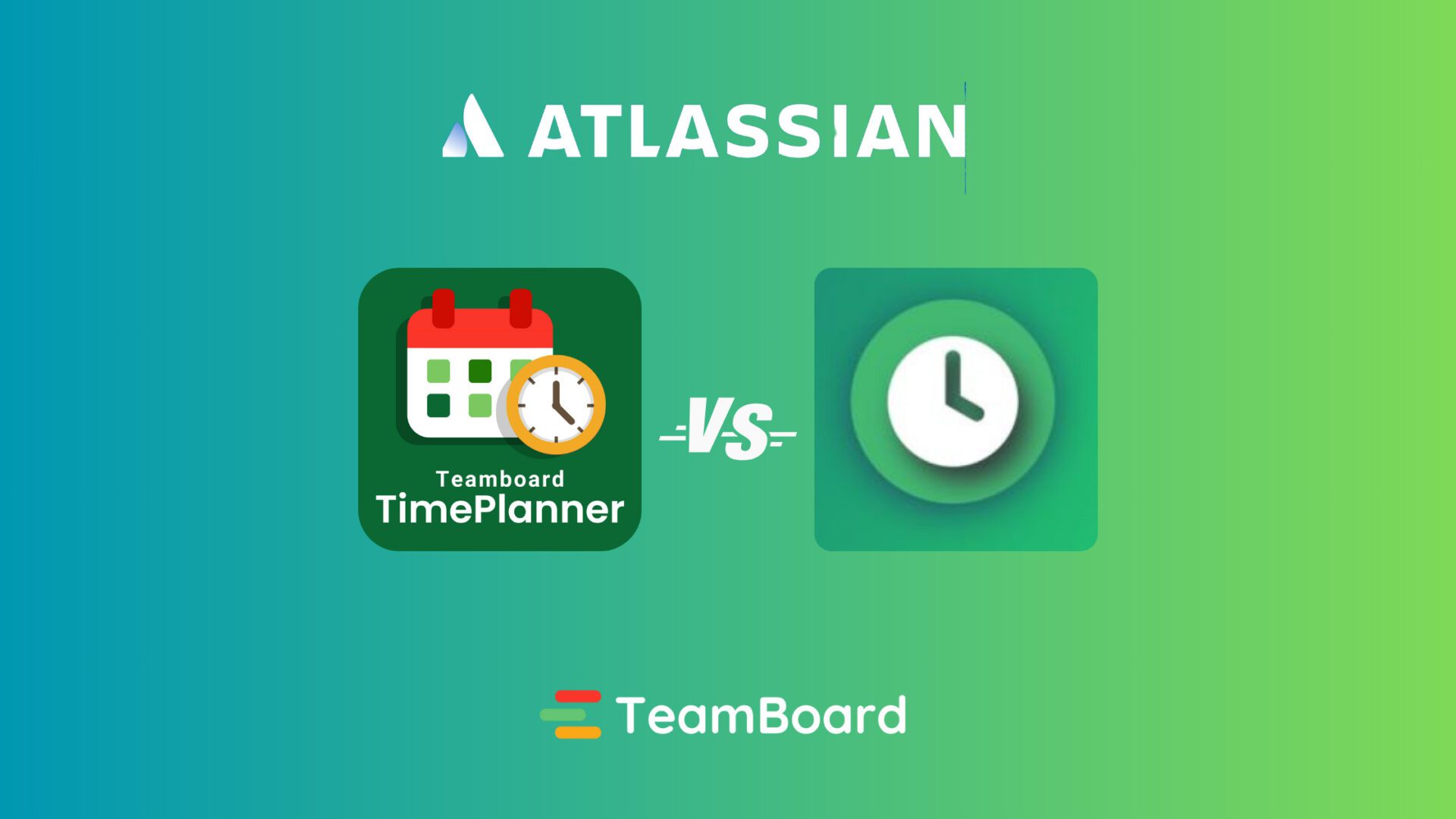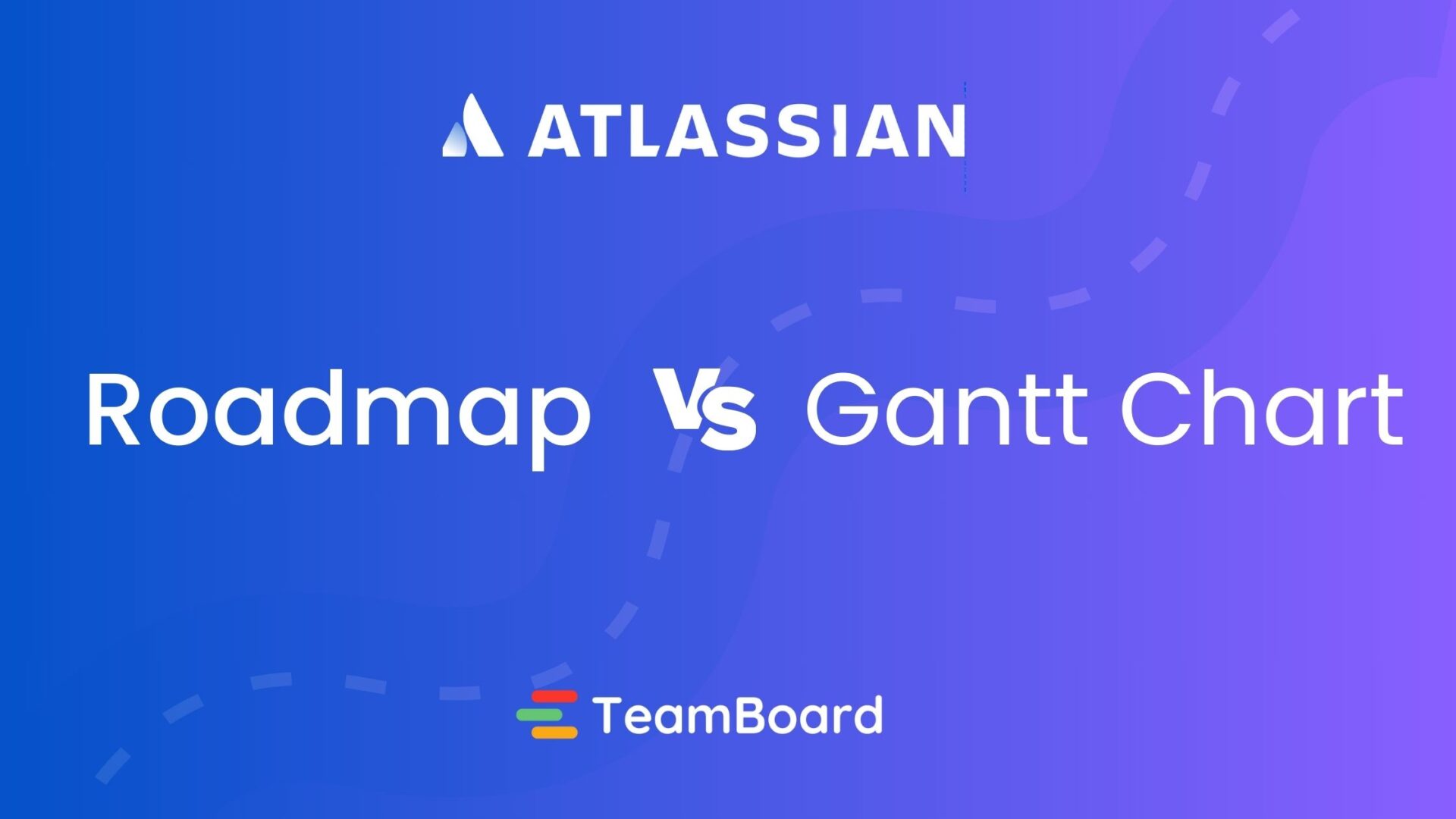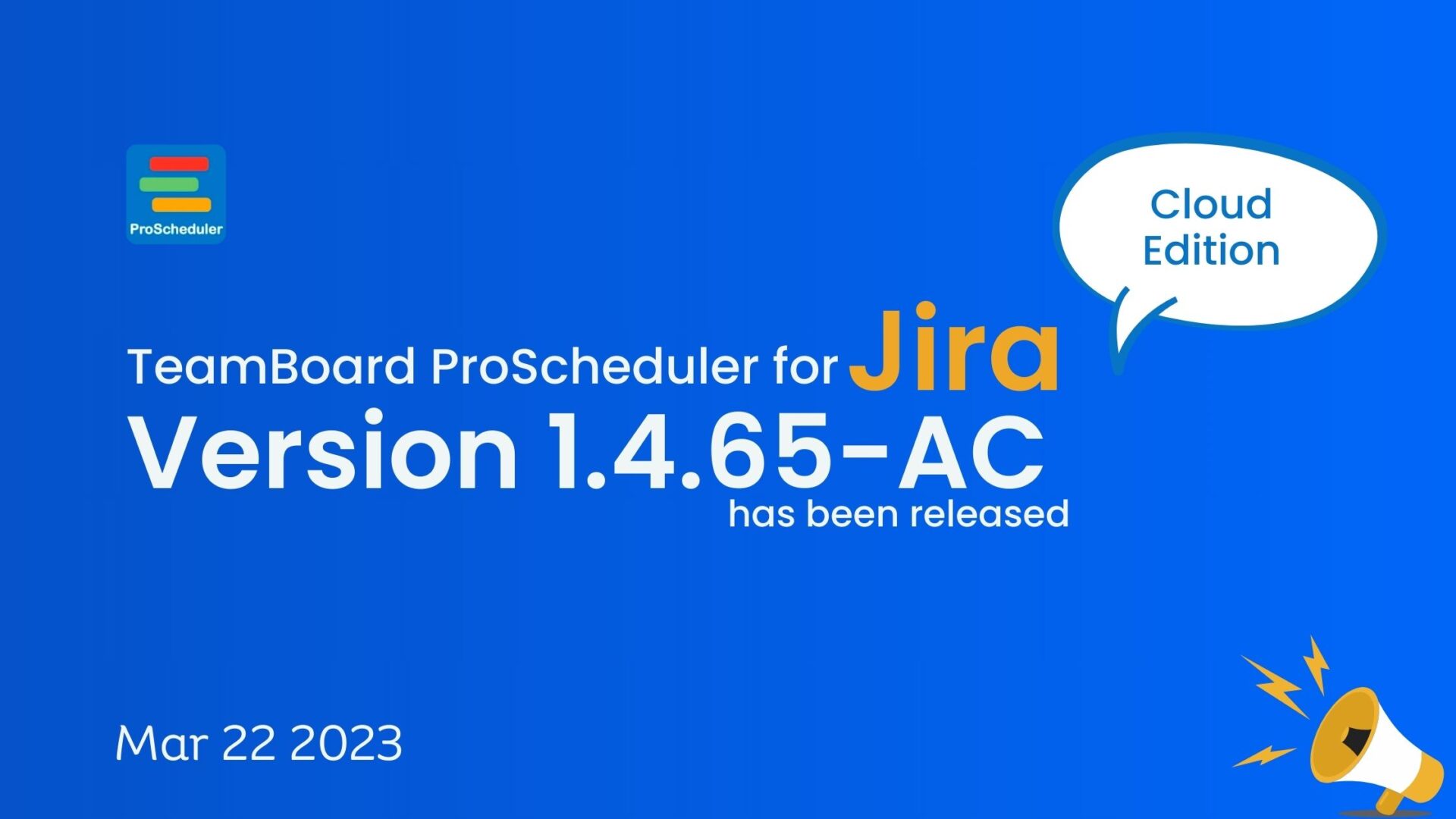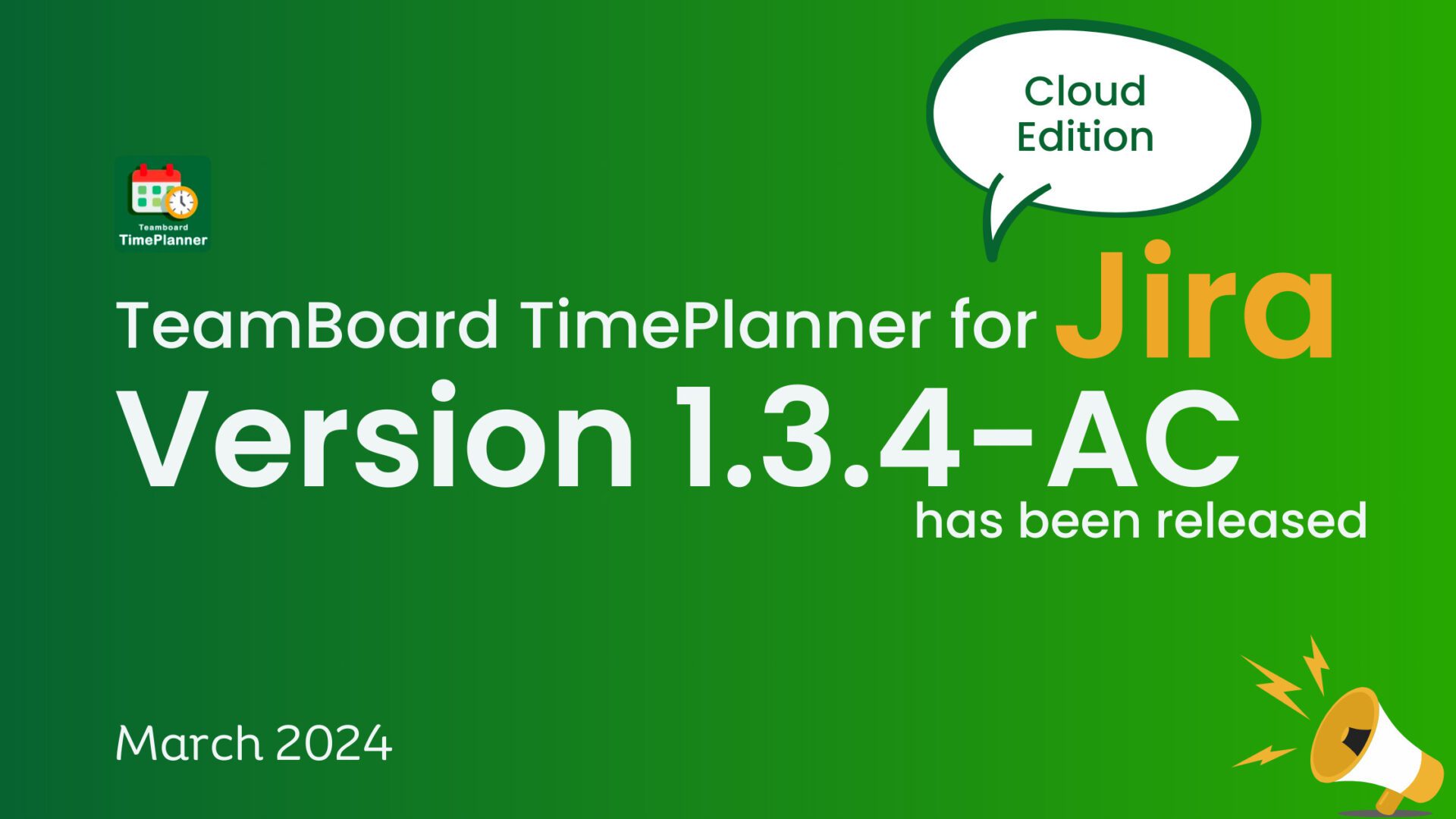Table of Contents
The Comprehensive Guide to PERT Project Management
The utmost goal of a project manager is to accomplish the tasks within the allocated resources, timeframe, and budget. How can it be acquired? For this purpose, the administrators fabricate project management plans to procure their desired results. Every business project has some requirements that need to be met to execute the tasks up to the benchmark.
Moreover, the project managers optimize particular duration for various tasks. Meeting deadlines is significant to completing the project in the given timespan. To achieve this goal, the project supervisors use various tools and techniques in project management. One of them is the pert technique. Let’s dive into this.
What is Pert in Project Management?
Pert stands for Program Evaluation and Review Technique used to estimate the duration constraints of the project. The project managers use a pert project management tool to ensure that all project tasks should be completed in the assigned timeframe. Moreover, when you have multiple projects, this tool assists you in executing your tasks up to the mark. Hence, it becomes easy for you to submit your work timely. It also makes the communication facile between the employer and the workforce. Thus, it ensures a smooth flow of all business projects.

So, what is pert? It is all about optimizing adequate schedule management to coordinate a project’s tasks. Effective deadline management resolves all the uncertainties regarding the resources, timelines, and workflow. Additionally, knowing the estimated timeline in which a particular project would be completed facilitates you to decide on other factors like budget or task delegation. Therefore, it is a crucial technique to manage your projects.
Four-Time estimates in PERT Project Management
According to research, about 50 % of the companies baseline their project schedules for effective execution. When you are dealing with any project, either short or big, there are four estimates to gauge the time constraint of the project. What are these time estimates? These are optimistic, pessimistic, most-likely, and expected time estimates. Let’s get into this.
Optimistic Time Estimate
It is the ideal quickest timeframe in which the project should end. It will be achieved if every team member performs his duty thoroughly up to the standard to finish the tasks in the allocated time span.
Pessimistic Time Estimate
It is the maximum amount of time it takes to complete the task. In the pessimistic estimation, there is a worst-case probability for activities completed within the deadline. This estimate usually deals with anything that can go wrong, and it is the longest estimated schedule to finish the tasks of a project.
Most-Likely Time Estimate
It is a middle-ground estimate based on a realistic approach to completing the project tasks within normal circumstances. Thus, it is the best time estimate assuming no issue occurs. It reckons the timeframe between the maximum and minimum.
Expected Time Estimate
The expected time estimated refers to the best possible time to achieve the project done timely. It also includes the problem risks that may arise while executing the tasks.
How to design a PERT Project Management diagram?
Pert chart represents a graphical network to gauge the project duration based on task sequences.
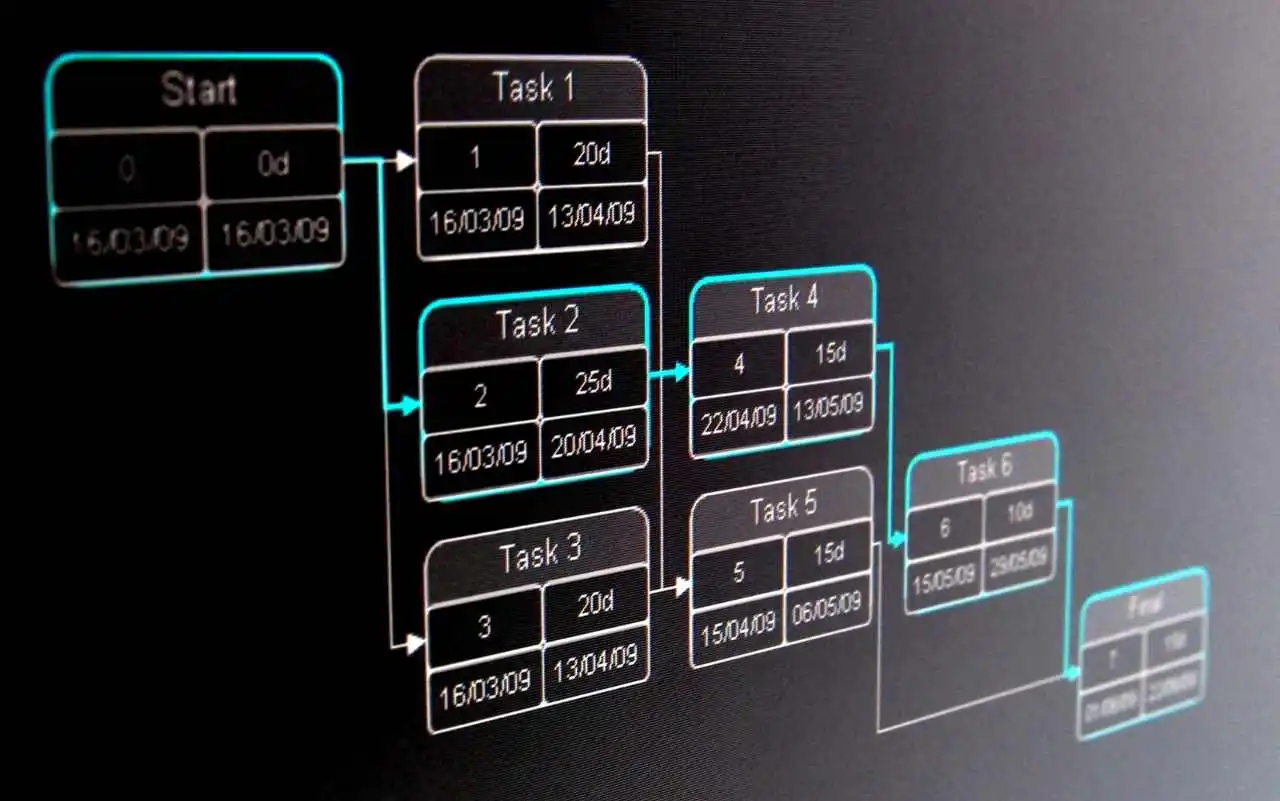
Pert Nodes
The network diagram contains numbered boxes and arrows. The boxes may be circular or rectangular generally known as nodes. These nodes refer to a series of events or milestones within a project.
Pert Arrows
The arrows are the visual representations of all the tasks that need execution to finish the project. The direction of the arrows manifests the sequence of the tasks. It helps the employees to prioritize all the assignments. In addition, some arrows are drawn concurrently, and others diverge.
Concurrent and Diverging Arrows
The concurrent arrows indicate those tasks that are interdependent. Without completion of these linked chores, you can’t move further. The sets of diverging arrows represent independent tasks, and they can be executed simultaneously. So, this graphical illustration provides you with an intriguing pathway to finish your tasks up to scratch and within the allotted deadline.
How to create Pert in Project Management?
Every project has different goals, and it takes distinct time to acquire the targeted objectives. This article gives you a lucid pathway into how you can estimate your project duration and other requisites using the Pert technique.
Define all the project activities
The effective step is to list all the activities you need to perform to complete the tasks. If your project is complex, you can split it into multiple milestones to optimize your project schedule. If you are oblivious of the work breakdown of lengthy projects, it spreads uncertainty among the employees. According to research, 37% of the project failures occur due to fluctuations in the project scope and requirements Thus, you need to acknowledge all the dependent and independent tasks and all the details to execute them. It provides a comprehensive understanding to the team.
Maintain the task sequence
The sequence is key to procuring the project goals. While drawing the Pert chart, you need to understand all the important sequences of tasks. If you overlook the order of the chores, you will not be able to pinpoint the initial step of your project.
Design Pert Chart by nodes and arrows
The next step in utilizing the pert tool is to design a network diagram by creating nodes and arrows. Mention all the project milestones in the nodes and link them by labeled lines. These labeled lines show the project tasks. Don’t forget to draw concurrent and diverging arrows to indicate the sequence of these chores.
Know to calculate the time estimates
The main objective of the pert chart is to calculate the duration of accomplishing the project activities. For this purpose, you need to figure out your tasks fall in which category of time estimates and how much time it takes to execute all the multiple steps of the project. Once you complete your tasks this way, it enables you to perform more effectively. If you have the yen to do an effective estimation of time, resources, and scheduling, you must try TeamBoard TimePlanner. It is a perk project management tool that enables you to improvise your time calendar efficiently.
Gauge the Critical Path
The last step to efficiently utilize the pert technique is to calculate the critical path to achieve the project objectives. Once you complete the above-discussed steps, it will be facile to determine the critical path, which is the longest path to complete the project scope. When you plan the pert project management, you need to scrutinize the problems and risks that may arise in the path of the project execution. Therefore, you need the right tools and resources to estimate your critical task path productively.
Conclusion
In short, you need to invest your time in adequate project management to give clarity to your workforce to perform up to the standard. For this purpose, you need to make a checklist of your projects and optimize effective deadlines to submit the tasks appropriately. You can improvise your task sequences and time allocation by pert technique. Thus, pay heed to an effective pert project management tool to avoid performance issues.


